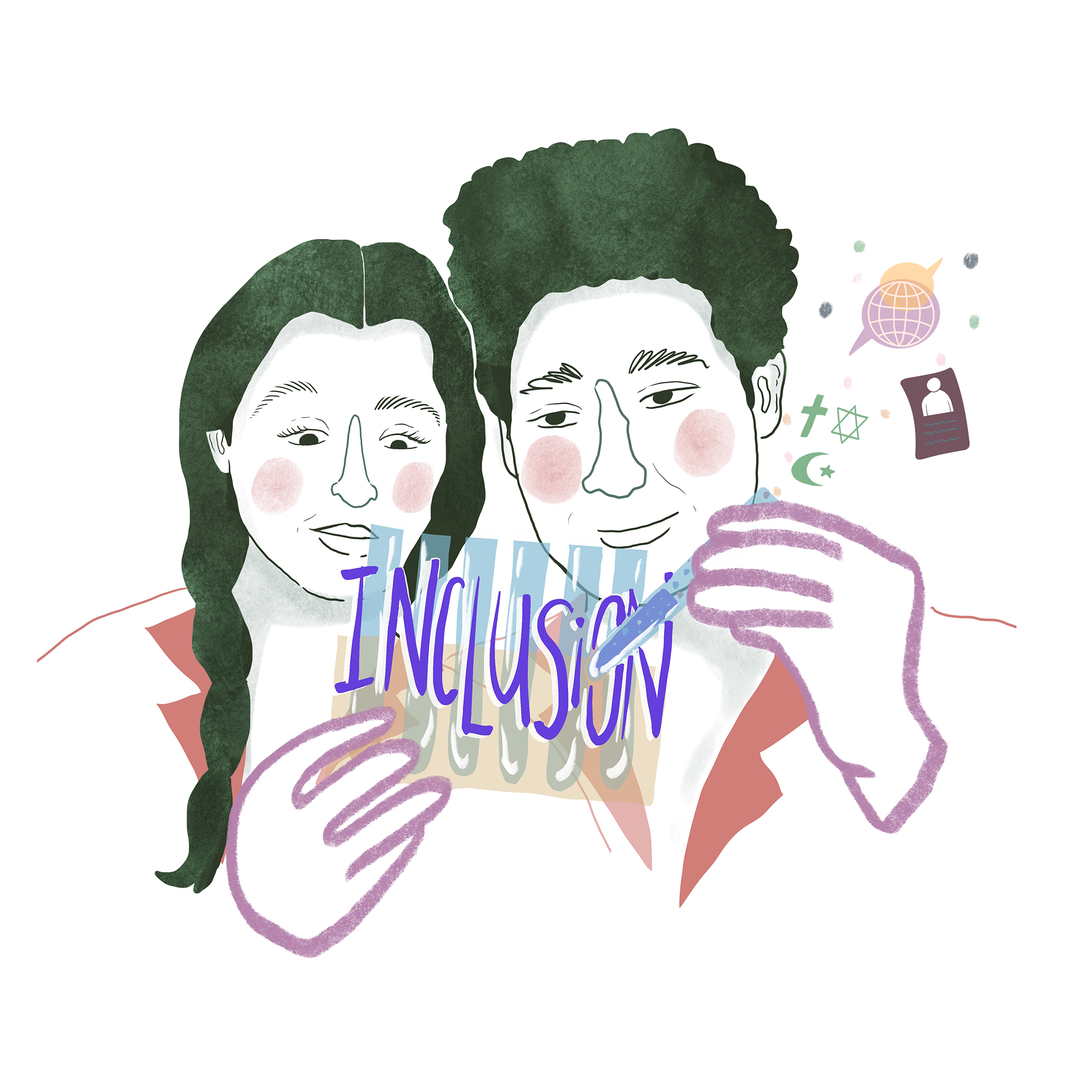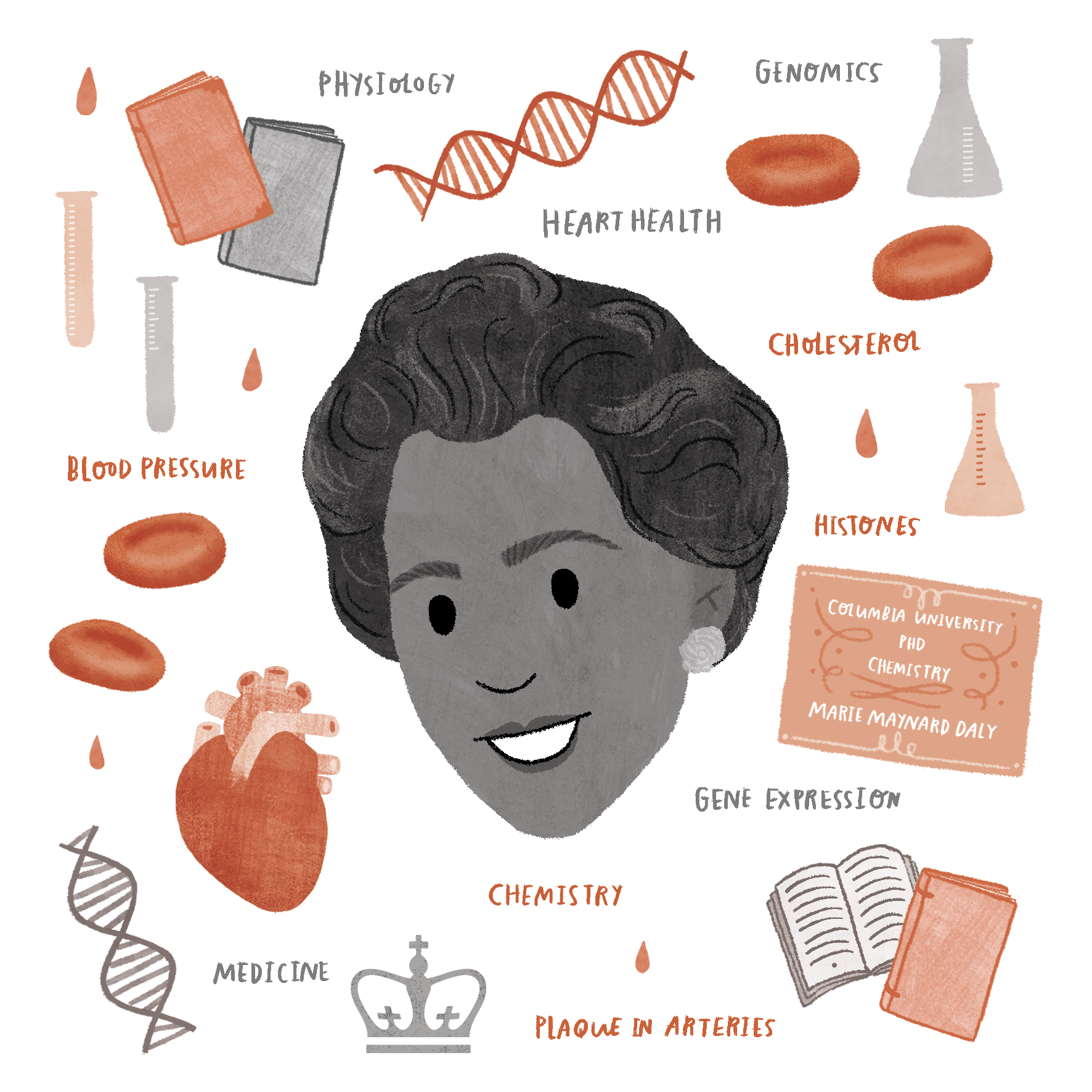
Imagine walking into a hospital room, interrupting one of the most simultaneously beautiful and utterly agonizing experiences of a woman’s life, to talk about some science. It seems almost unscrupulous and filled with disregard for such a momentous occasion; however, this is the exact situation I found myself in as an undergraduate student conducting research on placental fibrosis and preeclampsia.
Preeclampsia is a complication usually uncovered in mid-to-late pregnancy, characterized by high blood pressure and possible organ damage, and it can even lead to lethal complications for the mother and baby. This research project intended to further investigate preeclampsia in hopes to uncover a biomarker—something that can be tested for clinically to indicate the presence of a certain condition—in affected women to enable earlier detection of preeclampsia and allow for earlier intervention.
A vital part of the project lay in obtaining a small sample of the placenta, immediately after it had been delivered. So naturally, to retrieve these samples, I had to enter the delivery room (sometimes in between screams due to labor pains) and obtain consent from the woman whose placenta I would be sampling—all while the mama-to-be was undergoing contractions and labor pains. In the case she was unable to make a decision, her medical proxy would be available to help.
Through this experience as a clinical researcher, I learned and kept these following three essential principles in mind as I ventured forth in my journey communicating science. These are tips that any science communicator can and should keep in mind as they seek to effectively convey their scientific thoughts to a lay audience.
1. Empathy & Connection
The worst thing anyone trying to communicate science can do is to sound detached. People tend to crave connection, and if you– as a communicator– can help them feel connected to the science you are trying to convey, it can significantly impact the effectiveness of your communication. It can even be something as simple as an anecdote or a fact about the subject that can help them connect it to their life or the lives of people around them. They are giving you a special token of their most valuable assets– their attention and their time– and thus deserve your care and attention as well. It’s just as important for you to understand them, as it is for them to understand you. Want to learn more about using empathy to communicate science? Check out Lifeology’s newest SciComm Program course: Empathy in Science Communication.
2. Efficiency & Simplicity
After coming to the realization that your audience or listener is allowing you to claim a piece of their attention and time, the responsibility thus follows not to waste it. The crux of effective science communication lies in being able to simplify a complex topic and to not mince any words doing so. It is of utmost importance to convey the message accurately, but also to be able to organize it in such a manner that it is easily understandable to the listener. Lack of trust in scientists, may in part, come from the complicated jargon and haughty discussions meant for other scientists, and not the general public. For clinical researchers, understanding this sentiment and dissuading it is of even more importance, as not many people want to be part of a “science experiment” unless they fully understand what they are agreeing to.
3. Professionalism & Confidence
The way a scientist carries and presents themselves can make a big difference on the effectiveness of their communication to their audience. It is important for researchers to be confident in their knowledge, and convey it as such. Hesitancy and unsurety surely increase unease for the person who is listening, and when trying to convey scientific thoughts, that unsurety can lead to confusion for the listener. Practice what you want to say, until you can say it with confidence.
To this day, these three overarching ideas remain essential in any situation I find myself communicating science, both verbally, and through writing. The very nature of science pushes boundaries to uncover the unknown- and in my case, explaining science to some of the most exhausted and resilient women, while intruding on an extremely personal moment in their lives, was one of the challenges involved in this clinical research project. This experience was one of the first, and perhaps, one of the most powerful, in teaching me the importance of being an effective science communicator.




